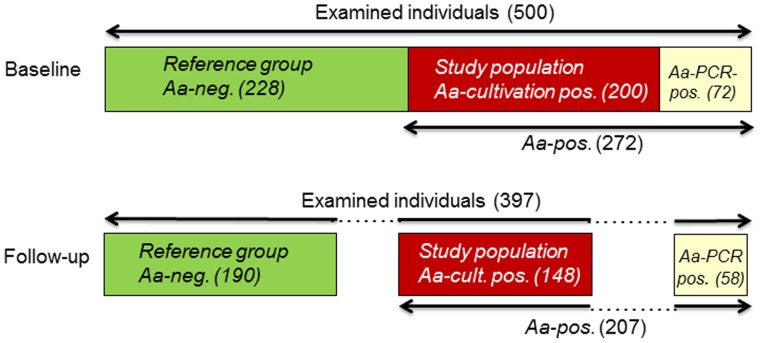Figure 1. Flow chart overview of the study population and the detection of A. actinomycetemcomitans (Aa).
At baseline, 500 adolescents were examined for the presence of Aa with cultivation and PCR-based methods. Aa was detected in 272 individuals and the bacterium could be isolated from 200 of them (Aa cultivation-positive group (red)). A second clinical examination (follow-up) was performed after 2 years and included 397 of the 500 individuals, 207 of the initially Aa-positive subjects and 148 of them from whom the bacterium had been isolated at baseline (red). The individuals without detectable Aa with any of the two methods used, were classified as negative for the bacterium (Aa-negative group (green)) and consisted of 228 individuals at the baseline examination and 190 at the follow-up examination. The number of individuals that were positive for Aa by PCR, but not with cultivation (yellow), was 72 at baseline and 58 of them were examined at the follow-up.

